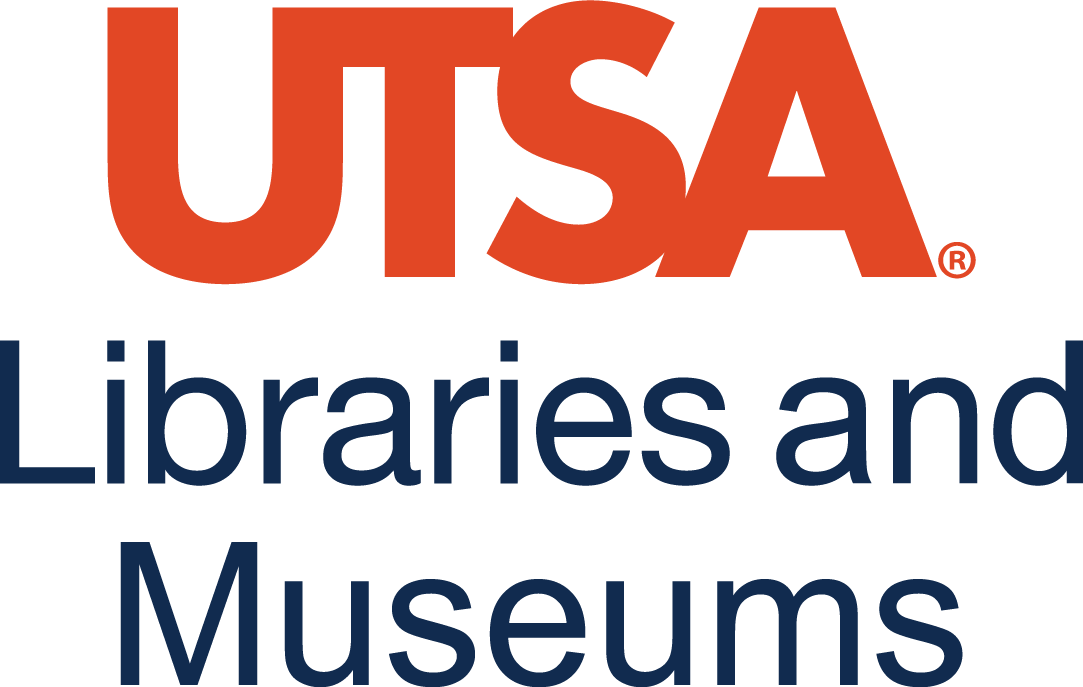Preface
Bruna Damiana Heinsfeld
In an era dominated by technological advancements, the integration of digital technologies in educational settings has become more prevalent than ever. Digital technologies have ushered in a transformative era in education, offering new avenues for interactive learning and collaboration. From online platforms to interactive whiteboards, the possibilities are vast. However, the mere incorporation of these tools does not guarantee effective learning outcomes. The critical analysis of the implementation of digital technologies is vital to harness their full potential and address the challenges that may arise. Beyond the initial excitement surrounding technological integration, it is imperative to continually evaluate its impact on pedagogy, infrastructure, teacher training, privacy, and learning outcomes. Only through thoughtful and ongoing analysis can educational institutions leverage the true potential of digital technologies and ensure that they serve as catalysts for improved, inclusive, and effective learning environments.
It was not by chance that, in July 2023, UNESCO published a landmark report titled “Technology in education: A tool on whose terms?”. UNESCO’s report acts as a well-timed call to educators, leaders, and decision-makers, challenging them to critically assess the integration of technology in educational settings. Its central tenet is clear: decisions about technology in education must pivot on a solid commitment to meeting the diverse needs of learners, emphasizing relevance, equity, evidence-based practices, and sustainability. After all, digital equity in education means ensuring that every student, regardless of any socio-economical, cultural, or ethnic characteristics, has not only equitable access to digital technology – including communication and information resources – but also to the learning experiences they provide and opportunities to develop agency.
Effective technology integration requires educators to evaluate how digital tools support diverse learning styles, cater to individual needs, and foster critical thinking and problem-solving skills. Access to digital technologies is not universal, and the digital divide remains a significant challenge. Critical analysis requires an examination of infrastructure limitations, ensuring equitable access for all students. Addressing issues of accessibility ensures that educational technology serves as an equalizer rather than a source of disparity. The transformative power of technology is only as effective as the educators who wield it.
Artificial Intelligence in Education (AIED) stands as a sentinel, personalizing learning experiences and automating administrative tasks. However, the promise of tailored education is accompanied by our responsibility to navigate numerous ethical considerations. Also in 2023, the U.S. Department of Education Office of Educational Technology published a policy report on AIED titled “Artificial intelligence and the future of teaching and learning: Insights and recommendations”. Its core messages include a note on the risks of algorithmic discrimination and unfair automated decision-making. As well as education, artificial intelligence is not developed in a vacuum, reflecting both beliefs and practices already in place in society. Even though the use of educational technology is often associated with fairness and the amplification of opportunities, we cannot give ourselves the luxury of forgetting that social and mathematical fairness are two different concepts; equality and equity are also not the same ideas. The ethical aspect of AIED is a pressing matter.
Technology, like any force, is a double-edged sword. Its potential for good is matched only by its capacity for unintended consequences. The responsibility lies not just in embracing the possibilities but in navigating the challenges with foresight and ethical integrity. As a doctoral candidate who embarked on this collaborative book project exploring the intersection of education and technology, I must say that the endeavor presented an exhilarating confluence of intellectual excitement and scholarly challenge. My scholarly orientation aligns prominently with critical perspectives and the application of critical theory to the realm of technology in education. In this vein, I recognize the undeniable importance of integrating technology into educational settings and do not advocate against such integration per se. Instead, I am committed to fostering a nuanced understanding through critical analysis of the development, diffusion, and implementation of digital technologies in educational contexts. It is within this critical framework that I believe the true potential for positive impact on learners emerges. By scrutinizing the socio-cultural, ethical, and pedagogical dimensions of technology in education, I aim to contribute to a thoughtful discourse that navigates the complexities of this integration.
This book, with which I had the pleasure to collaborate, figures as a collective effort to contribute to scholarly work in the field, presenting analysis of different articles on significant topics related to digital technology integration in education. The chapters that follow are not just narratives; they are a call to action for aspiring professionals in the field of learning, design, and technology. As you embark on this journey, remember that you are not just observers; you are architects of the future of education. Each chapter in this book aims to equip you with a comprehensive understanding of the trends in educational technology, their implications, and their potentialities.

